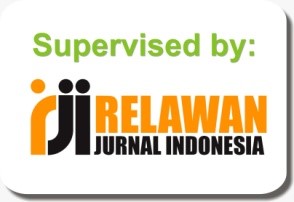Japanese Foreign Direct Investment in Asia: Experience from Sri Lanka
Abstract
Until the mid 1980s, the flow of Japanese investment overseas was concentrated mainly on resource extraction and import substitution. After the mid 1980s, a large number of Japanese investors moved into manufacturing industries. These developments, both before and after the mid 1980s, largely related to the structural changes in the Japanese economy. The noteworthy feature of Japanese investment in the Asian region is that the share of Japanese investment in Asia, out of the total Japanese overseas investment, has remained a small percentage, although, in absolute terms, it rose dramatically since the mid 1980s. However, it is insignificant in both scale and character in the Indian sub continent because the region remained one of the poorest in the world. Although there has been intense policy activity to attract FDI into Sri Lanka, Japanese investment in particular, was rather small and shallow in terms of both scale and character. This study attempts to explore some of the effects of Japanese investment on Sri Lankas economy. The empirical evidence reveals that a wide-ranging structural change in the commodity composition of exports has taken place in the country since the 1980s. On the question of the transfer of technology through Japanese firms, we notice that there is a willingness of the enterprises concerned to transfer their technologies, and the ability and commitment of domestic managers and workers to learn irrespective of some negative factors operating in Sri Lanka such as labour market issues which work to stultify technology transfer processes. With regard to employment creation, thousands of jobs have been created for local people but, in relation to the total industrial employment, these numbers do not appear to be very large. Indeed, Japanese foreign direct investment in Sri Lanka has not been as extensive as it has been in some East and South-East Asian countries.












